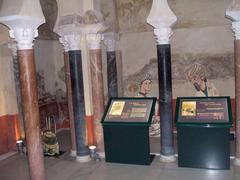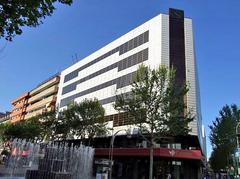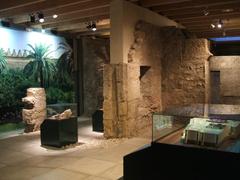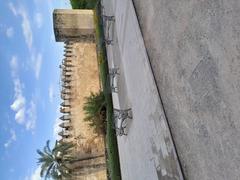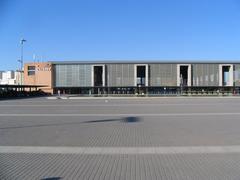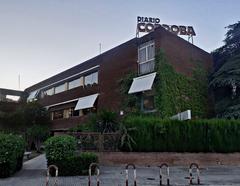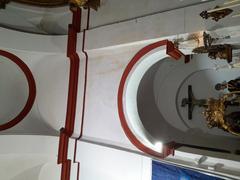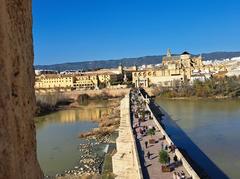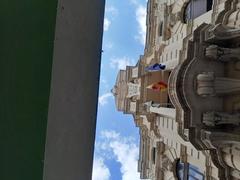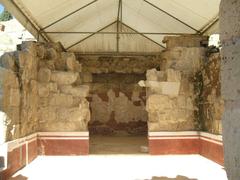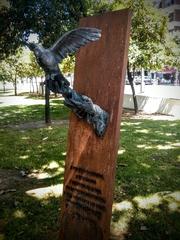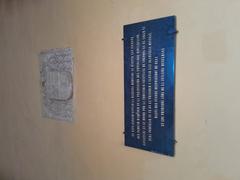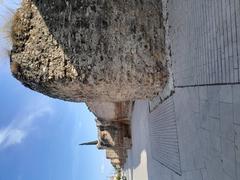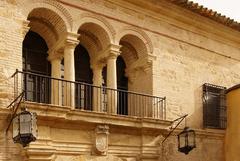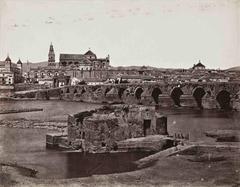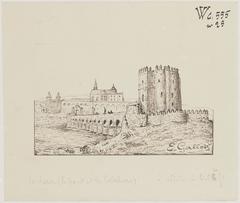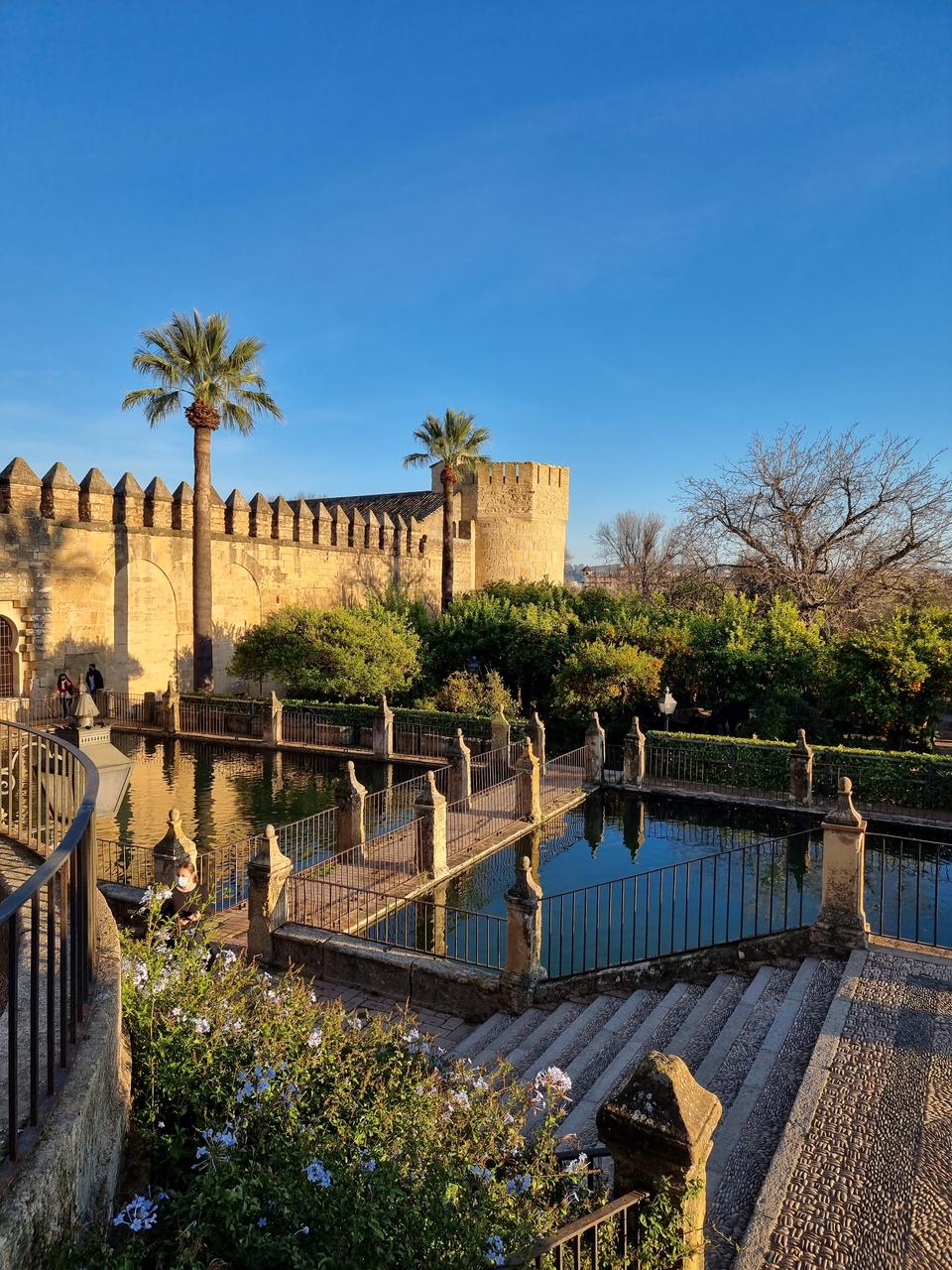
Córdoba Unlocked: A Local’s Playbook to Spain’s Moorish Marvel
Published On: 04/07/2025
Step into the sun-drenched streets of Córdoba, where every cobblestone tells tales from centuries past, orange blossoms perfume the air, and history isn’t just preserved—it dances flamenco through every plaza. Here, Roman legacies, Moorish splendor, and Jewish heritage are woven into the vibrant tapestry of Andalusian life, creating a living mosaic that delights every sense (Lonely Planet).
Córdoba is not just a city—it’s a living, breathing storybook. Lose yourself in labyrinthine quarters once walked by caliphs and queens, discover lush patios hidden behind whitewashed walls, and savor the city’s culinary treasures as local legends unfold in shadowy tabernas. This is not a tick-the-box tour; it’s a choose-your-own-adventure, where each alley and plaza reveals a new layer of the city’s soul (Andalucía.org).
Prepare to experience Córdoba with all your senses. Feel the cool marble of the Mezquita beneath your palms, taste honey-drizzled eggplant that echoes Moorish kitchens, and hear the city’s heart in the clack of flamenco heels. Whether you’re seeking world-class architecture, secret gardens, or spontaneous poetry in jasmine-scented patios, this guide is your witty local friend, treasure map, and invitation to the city’s best-kept secrets.
Ready for your Córdoba adventure? Let’s dive in—because here, even the shadows have stories.
Córdoba: Where History is a Living Tapestry
Imagine winding through Córdoba’s sun-dappled alleys, the scent of orange blossoms curling through the air, and the distant strum of a flamenco guitar. This is a city where ancient stones form the foundation for daily life, where Roman bridges and Moorish arches coexist, and every street corner offers a new discovery.
A Thread Through Time: From Roman Footprints to Moorish Marvels
Begin your journey at the Roman Bridge (Puente Romano), still sturdy after 2,000 years. Under your feet lie the footprints of Roman senators, Visigothic nobles, and Umayyad caliphs. The city’s roots stretch deep, from prehistoric settlements to Corduba’s rise as a Roman bastion. Pay homage to Seneca, Córdoba’s favorite philosopher, whose wisdom still lingers in the air.
Tip: Escape the heat and step into the Archaeological Museum at Plaza Jerónimo Páez to admire ancient mosaics and relics of Córdoba’s storied past.
The Islamic Golden Age: A Dazzling Epoch
Córdoba’s true golden age began under Moorish rule. By the 10th century, it was Europe’s largest city and a beacon of culture and learning. Imagine libraries overflowing with knowledge, illuminated streets, and a cosmopolitan buzz unlike anywhere else in medieval Europe.
- The Mezquita-Catedral: This architectural wonder is a seamless blend of mosque and cathedral. Marvel at its forest of red-and-white arches, the ornate mihrab, and the dramatic insertion of a Renaissance nave. Hunt for hidden carvings—like the tiny frog above the choir stalls—for an extra layer of intrigue.
- Medina Azahara: Just outside the city, explore the ruins of a once-glittering palace-city built for Caliph Abd-ar-Rahman III. Visit at sunset when golden light floods the ancient stones for an unforgettable experience.
Hidden Gem: Discover the tranquil Casa Andalusí near the Mezquita—a house-museum with an enchanting patio and glimpses of daily medieval life.
Córdoba’s Secret Gardens: Patios, Plazas, and Everyday Magic
Córdoba’s soul resides in its patios—intimate courtyards brimming with geraniums, fountains, and mosaics. Every May, the city bursts into color for the Fiesta de los Patios, when locals open their private gardens to the public. But the magic isn’t limited to spring; secret patios hide in San Basilio and beyond, waiting for the curious to stumble upon them.
Patio Etiquette:
- Compliment the flowers (“¡Qué bonitas flores!”)
- Don’t touch the plants
- Sip Montilla-Moriles wine if offered—refusing is considered ruder than asking for seconds
Multicultural Mosaic: Jewish, Christian, and Islamic Córdoba
Wander the Judería, the old Jewish Quarter, where synagogues, whitewashed walls, and artisan workshops echo the city’s multicultural past. Rub the foot of Maimónides’s statue for good luck, and don’t miss the Alcázar de los Reyes Cristianos—a fortress with lush gardens that once hosted monarchs and explorers alike. The Calahorra Tower at the Roman Bridge’s end houses a museum celebrating Córdoba’s shared heritage.
Savor Córdoba: Eat, Hear, Feel
- Taste: Salmorejo (creamy tomato soup), berenjenas con miel (fried eggplant with honey), and flamenquín (crispy ham roll) are local staples. Sample them in tabernas like Taberna Salinas or Taberna La Montillana.
- Smell: Orange blossoms (azahar) in spring, mingled with the aroma of simmering stews.
- Hear: Flamenco rhythms echoing from peñas or spontaneous street performances.
- See: Whitewashed walls, vivid tiles, and ancient stones bathed in Andalusian light.
- Feel: The coolness of marble in the Mezquita, and the fierce heat of a Cordoban summer—siestas are sacred for good reason.
Cordoban Adventures: Itineraries for Every Traveler
- Scholar’s Day: Mezquita, Archaeological Museum, riverside wine at sunset
- Hidden Patios Quest: Map in hand, seek out the prettiest patios in San Basilio (bonus: share your best find with #CordobaSecrets)
- Flamenco Night Owl: Brunch in Plaza de la Corredera, siesta, then dance until dawn at a local peña
Córdoba by the Senses: A City for Every Season
- Spring: Patios in bloom, orange blossoms, and a calendar full of festivals
- Summer: Sizzling heat, lively nights, and bustling fairs
- Autumn: Golden light, grape harvests, and tranquil streets
- Winter: Cozy tavernas, festive lights, and crisp mornings
Córdoba Lingo 101: Speak Like a Local
- ¡Qué calor! – “It’s so hot!” (summer essential)
- Salud – “Cheers!”
- Tapeo – The art of hopping from bar to bar for tapas
- A la fresca – Enjoying the cool air outdoors with friends
Myth Busting: Córdoba Edition
- Is the Mezquita just a mosque? No—it’s a layered masterpiece, part mosque, part cathedral, and wholly unique.
- Córdoba is only for history buffs? Far from it! The nightlife, patio culture, and modern art scene are just as vibrant.
FAQ: Córdoba Unplugged
- How do I beat the heat? Siesta (2–5pm), hydrate, and seek shade—or cool off in a patio with tinto de verano.
- Is Córdoba walkable? Absolutely—the old town is best explored on foot.
- Where’s the best flamenco? Peña Flamenca El Potaje or any lively spot in the Judería.
- Top souvenir? Silver filigree jewelry, local olive oil, or a traditional Cordoban hat.
Festival Fever: Where Córdoba Shines Brightest
Córdoba’s festival calendar is a sensory delight:
- Batalla de las Flores (April): Parades draped in blooms
- Cruces de Mayo (May): Squares transformed by floral crosses and music
- Festival de los Patios (May): Explore Córdoba’s UNESCO-listed patios in full bloom
- Córdoba Spring Fair: A riot of lights, horse parades, and flamenco
- Noche Blanca del Flamenco (June): All-night flamenco celebration
Offbeat Festivities:
- Cabalcor (Autumn): International Horse Fair at the Royal Stables
- Cosmopoética: Poetry readings in ancient patios
- White Night of Flamenco: Spontaneous dance and music across the city
Eat, Sip, Repeat: Córdoba’s Culinary Mosaic
Signature Dishes:
- Salmorejo Cordobés: Creamy, garlicky tomato soup topped with jamón and egg (try it at Taberna Salinas)
- Flamenquín: Pork and ham rolled and fried (Bar Santos is a favorite)
- Berenjenas con Miel: Fried eggplant drizzled with honey (Taberna La Montillana does a great version)
- Mazamorra: Chilled almond and bread soup
- Montilla Artichokes: Artichokes stewed in local wine
- Caracoles: Spicy springtime snails
Local Wines: Sip Montilla-Moriles sherry or rebujito (sherry and lemonade), especially in the heat.
Getting There & Around
- By Train: High-speed AVE trains from Madrid or Seville (about 1 hour)
- By Car: Drive the A-4, surrounded by olive groves
- By Foot: The old town’s winding streets are best explored on foot
- Public Transport: Buses and taxis available, but consider renting a bike for a local’s-eye view
Córdoba’s Code: Dos, Don’ts, and Lingo
- Do: Greet shopkeepers (“¡Buenas!”), linger over tapas, and dress up for feria season.
- Don’t: Expect dinner before 8:30pm, wear shorts in churches, or rush your coffee.
- Lingo Crash Course:
- Tapeo: Tapas hopping
- Salmorejo: Córdoba’s signature cold soup
- Guiri: Affectionate term for foreigners
- Patio: Heart of Cordoban life
Choose-Your-Own Córdoba Adventure
- Morning: Coffee in Plaza de las Tendillas, then marvel at the Mezquita.
- Lunch: Salmorejo and flamenquín at Taberna Salinas.
- Siesta: Nap in Jardines de la Victoria.
- Afternoon: Patio hunt in San Basilio.
- Evening: Toast your adventure with Montilla wine and live flamenco.
Short Story: The Legend of the Patio Keeper
In San Basilio, Doña Carmen’s patio was said to be the city’s most beautiful. During a fierce drought, she whispered a wish to her ancient fountain—and that night, rain fell only on her garden. To this day, neighbors leave offerings at her gate, hoping for a drop of Carmen’s luck.
FAQs for the Curious Traveler
How many days should I spend?
At least two to enjoy both highlights and hidden gems—three for a deeper dive.
Is Córdoba safe for solo travelers?
Yes—friendly, walkable, and well-lit at night.
Are English menus common?
Increasingly, but a little Spanish goes a long way (and leads to tasty surprises).
Weirdest local food to try?
Flamenquín or rabo de toro (oxtail stew).
Best time to visit?
Spring (April–May) for festivals; autumn for milder weather.
Practical Tips
- Getting Around: Walk, bike, or try a horse-drawn carriage for a regal touch.
- Money: Cards widely accepted, but small cash is handy for tapas bars.
- Dress: Layers for fluctuating temperatures; respectful attire for religious sites.
- Heat: Siesta in the shade during scorching afternoons.
Explore Córdoba Like a Local—with Audiala
Ready to unlock Córdoba’s secrets? Audiala is your expert guide: discover hidden patios, tapas bars, and festival hotspots with interactive maps and insider stories. Download Audiala before your visit to turn every corner into a story (Audiala).
Final Word: Your Córdoba Story Starts Now
Córdoba is more than a destination—it’s a living tapestry of flavors, festivals, and stories. Whether you’re marveling at the Mezquita’s forest of arches, savoring a bowl of salmorejo, or losing yourself in a maze of patios, every moment in Córdoba is an adventure. Let Audiala be your companion and discover the city’s magic beyond the guidebooks. ¡Olé y adelante! Your Córdoba journey is just beginning (Spain.info).
Sources
- Lonely Planet. (n.d.). Cordoba, Andalucia, Spain. (Lonely Planet)
- Andalucía.org. (n.d.). Cordoba. (Andalucía.org)
- Spain.info. (n.d.). Cordoba: What to see and do. (Spain.info)
- Audiala. (n.d.). Discover Cordoba with Audiala. (Audiala)
Audiala2024
